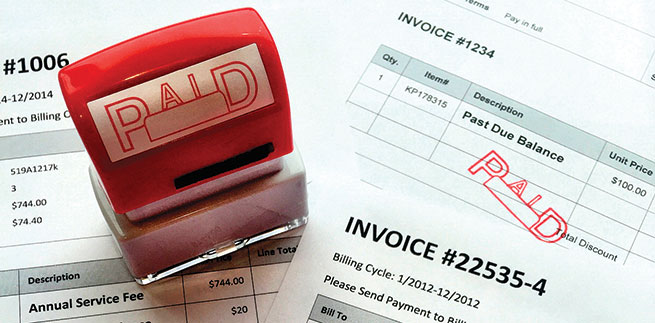Sunburns or repeated exposure to the sun can lead to skin cancer and cause death. Apply sunscreen every couple of hours, especially to the most vulnerable areas: face, necks, ears and exposed shoulders and forearms.
It’s also important to wear or have:
- Light colored, loose-fitting shirt sleeves and long pants;
- A wide-brimmed hat to shield your face, ears and neck; and
- Sunglasses to protect your eyes from sun damage.
When it’s very hot, get out of the direct sun for a minute or so every 15 minutes, and drink a cup of water every 15 minutes in extreme heat. Avoid coffee, as it dehydrates you.
Heat injury is a serious potential workplace hazard. It takes about a week or so to get used to extreme heat over 85 degrees F. It will get easier as your body adjusts.
Sometimes, extreme heat overwhelms your body’s ability to cool itself. This is called heat sickness or heat stroke. You need to be able to recognize the difference between being hot, sweaty and tired from the heat—which is normal on a hot day in this business—and heat stroke, in yourself and your co-workers. A person with heat stroke will be very hot and cannot seem to cool down, and may exhibit the following symptoms and behaviors: hot, dry skin; nausea and vomiting; dizziness; feeling faint or lacking energy.
People can die from heat stroke, and they require immediate medical attention. Help people with heat stroke by getting them out of the sun, laying them down, elevating their feet slightly, giving them water and cooling them off with cool, wet towels or a fan.

